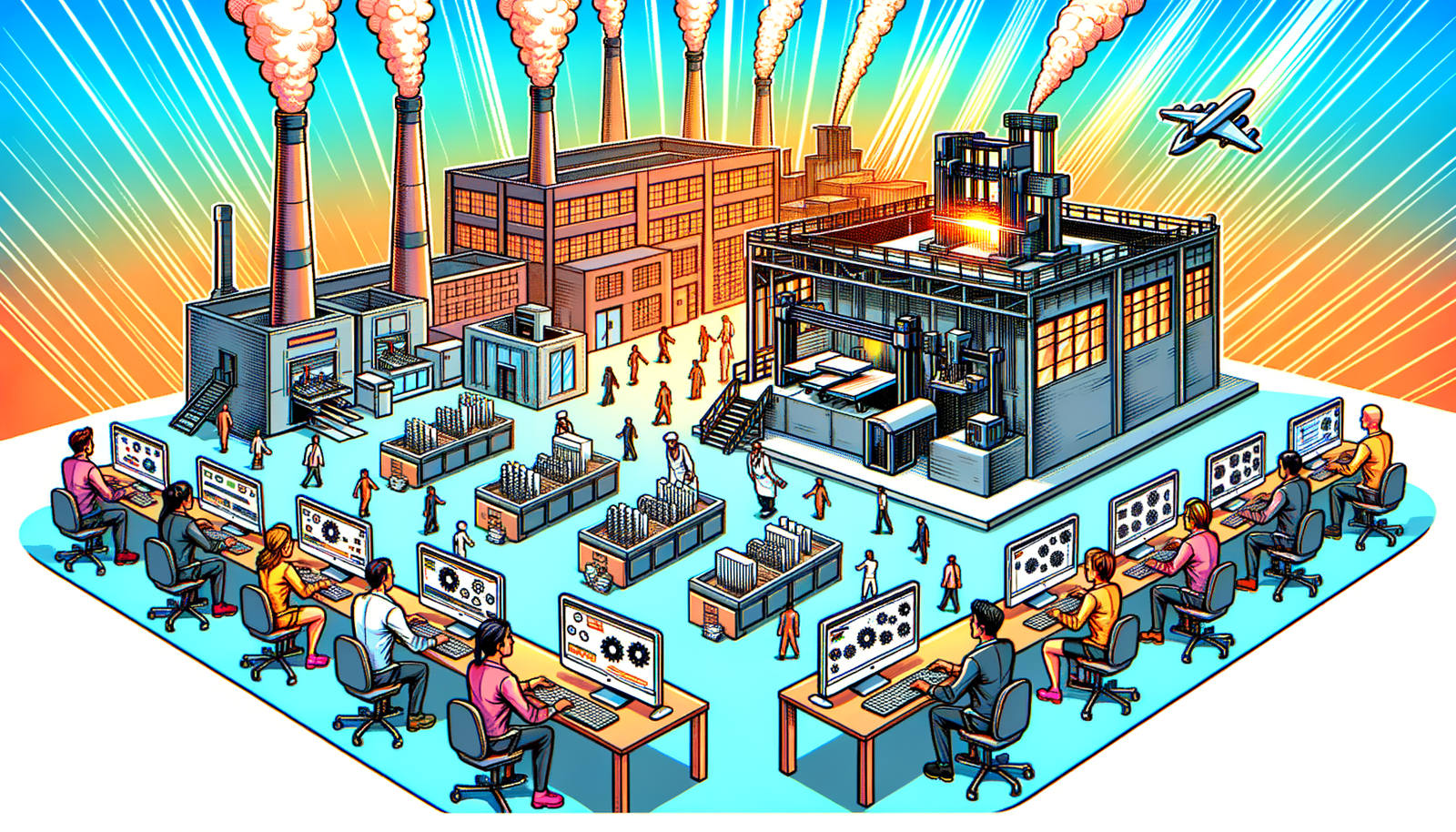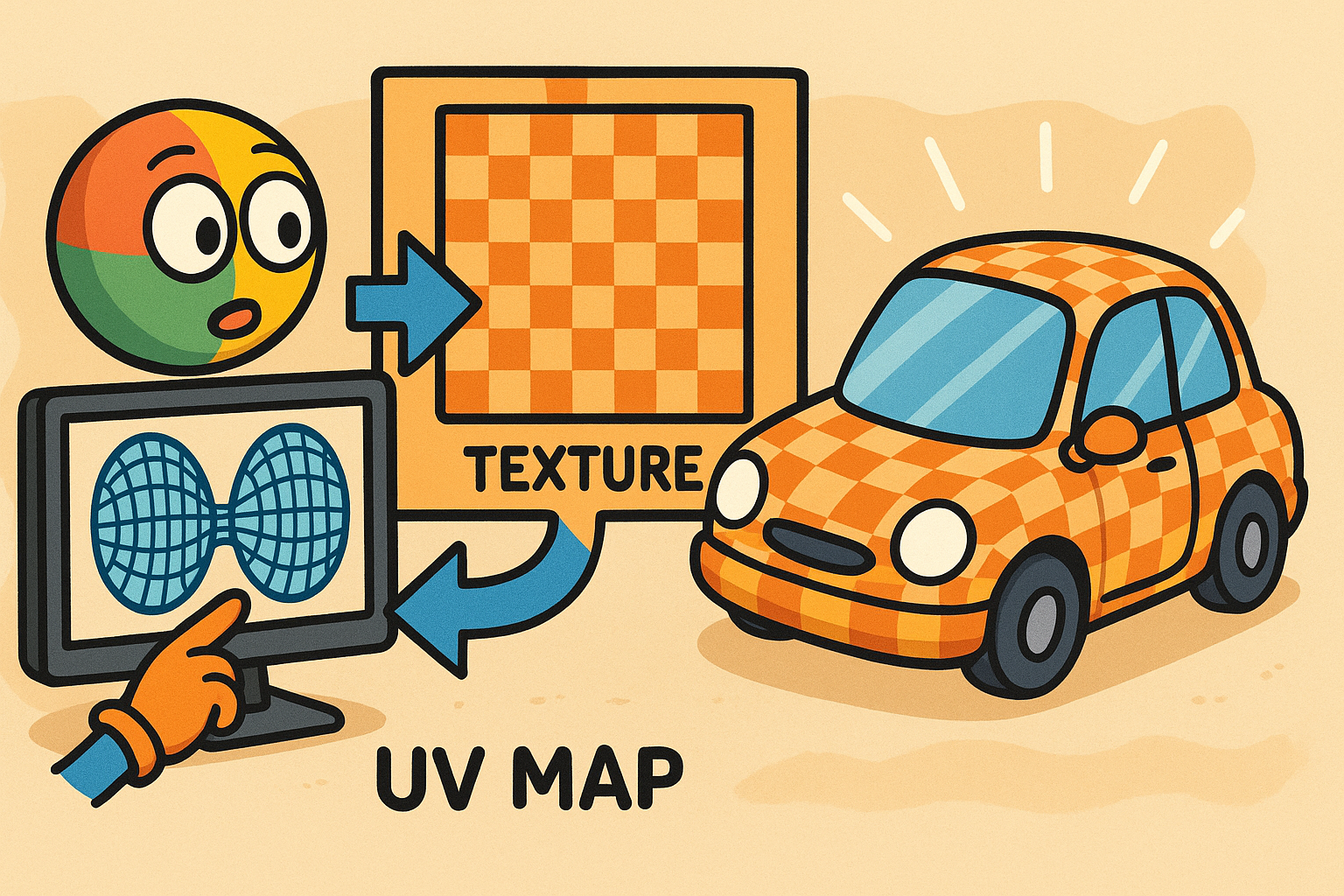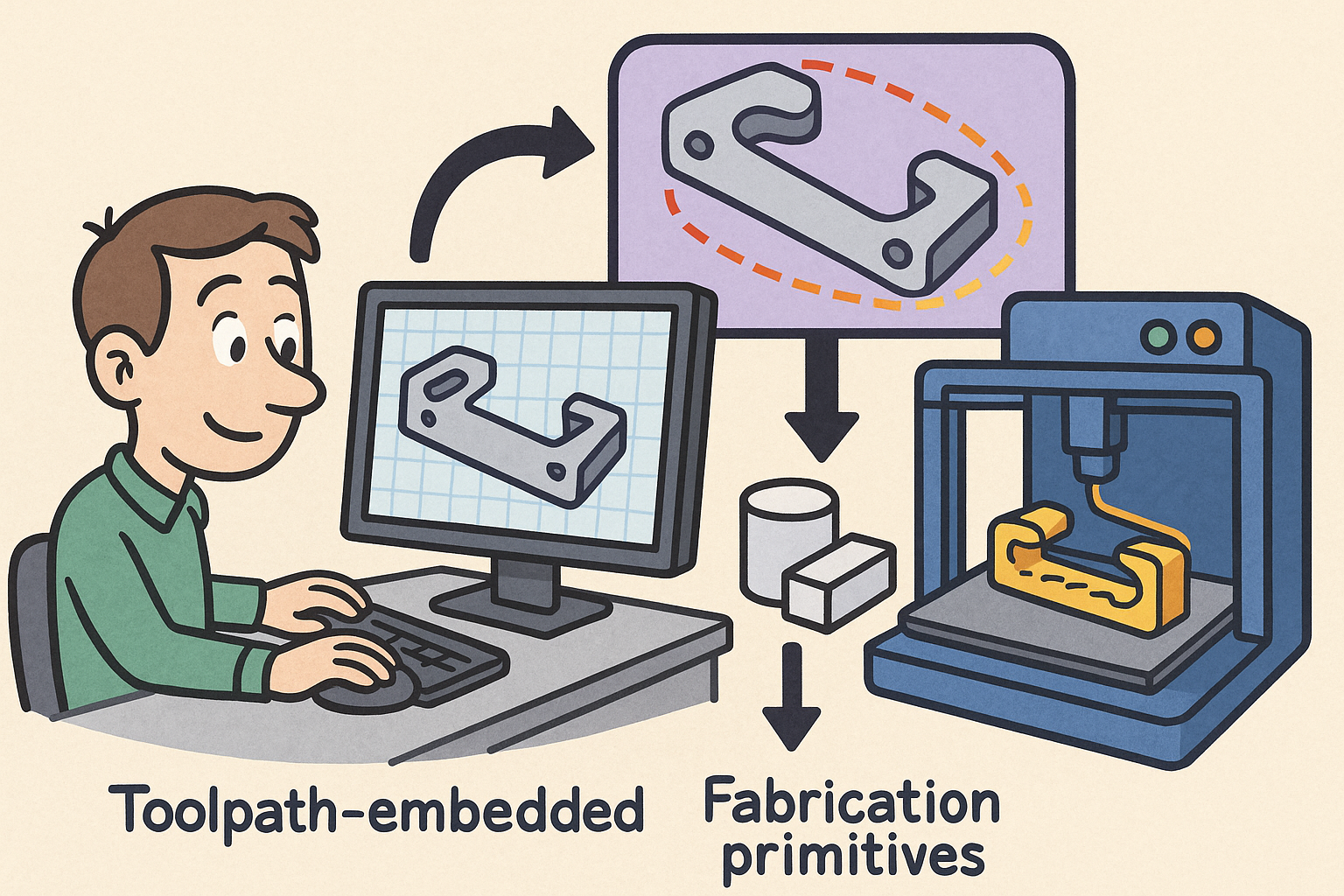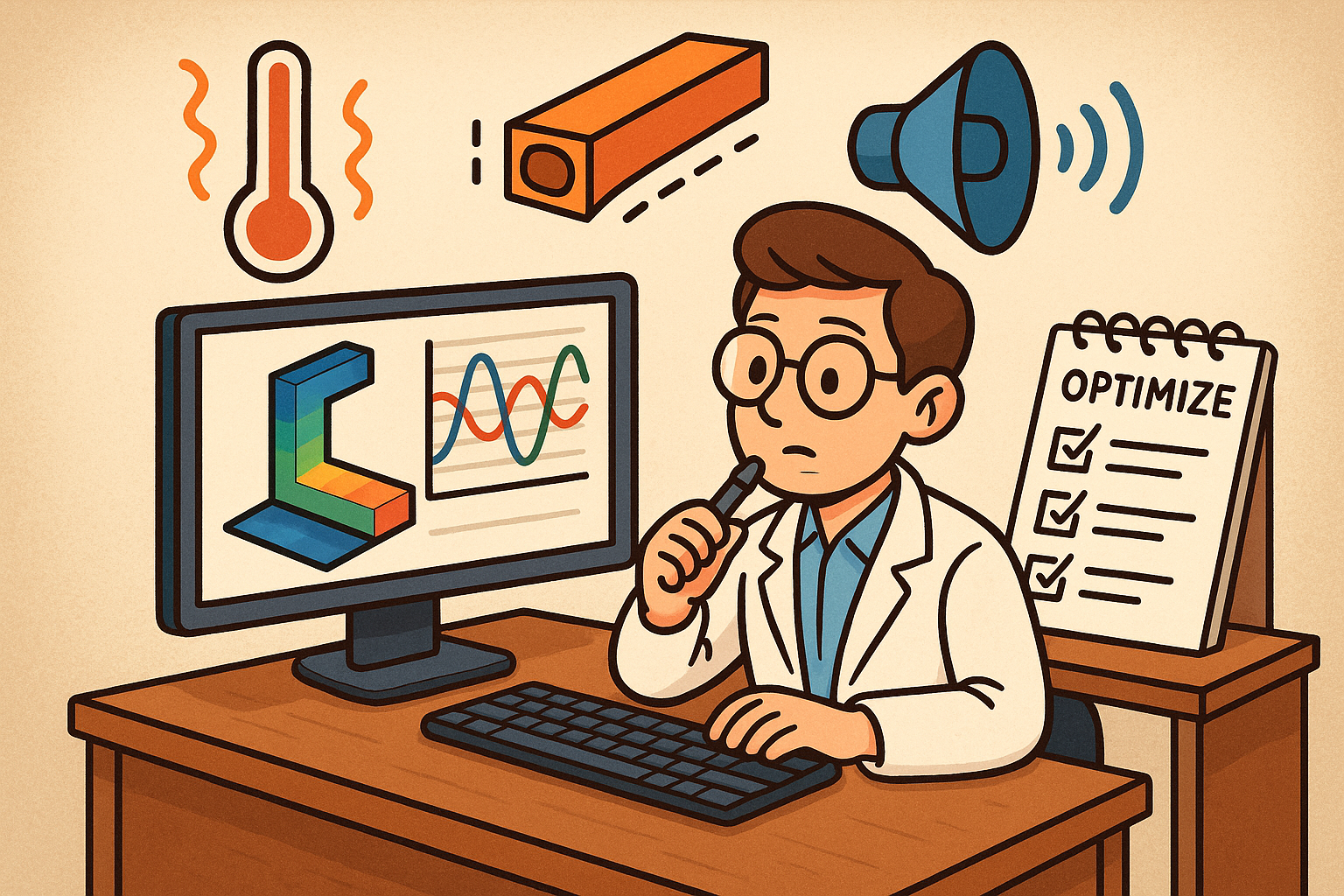Your Cart is Empty
Customer Testimonials
-
"Great customer service. The folks at Novedge were super helpful in navigating a somewhat complicated order including software upgrades and serial numbers in various stages of inactivity. They were friendly and helpful throughout the process.."
Ruben Ruckmark
"Quick & very helpful. We have been using Novedge for years and are very happy with their quick service when we need to make a purchase and excellent support resolving any issues."
Will Woodson
"Scott is the best. He reminds me about subscriptions dates, guides me in the correct direction for updates. He always responds promptly to me. He is literally the reason I continue to work with Novedge and will do so in the future."
Edward Mchugh
"Calvin Lok is “the man”. After my purchase of Sketchup 2021, he called me and provided step-by-step instructions to ease me through difficulties I was having with the setup of my new software."
Mike Borzage
Exploring the Evolution and Impact of Rapid Prototyping Software on Design and Manufacturing Industries
July 28, 2024 2 min read


Introduction to Rapid Prototyping Software
Rapid prototyping (RP) software has become a cornerstone in the design process, allowing designers and engineers to quickly move from concept to prototype. This technology has significantly reduced the time it takes to bring products to market by enabling real-time modifications, testing, and iteration. The evolution of rapid prototyping technologies over the years has transformed the manufacturing landscape, shifting from traditional, labor-intensive processes to highly efficient and precise digital solutions.
Key Features of Rapid Prototyping Software
Rapid prototyping software is distinguished by several key features that streamline the design process:
- Real-time simulation: Allows designers to immediately see the effects of changes, enabling rapid iterations.
- Material selection: Offers a comprehensive database of materials, each with its specific properties and costs, facilitating an informed decision-making process.
- Integration with CAD software: Seamlessly connects with existing CAD tools, ensuring a smooth workflow and reducing the need for redundant work.
These features collectively enhance the efficiency of the design process, enabling faster development cycles and a higher degree of accuracy. A comparative analysis of leading RP software reveals significant differences in capabilities, usability, and integration options, guiding users in selecting the right tool for their needs.
The Impact of Rapid Prototyping Software on Various Industries
The adoption of RP software has had a profound impact across multiple industries:
- In the automotive sector, it has enabled the rapid development of new vehicle designs and the testing of aerodynamic properties.
- The healthcare industry has seen advancements in the customization of prosthetics and the development of patient-specific surgical models.
- In consumer electronics, RP software has facilitated the design of intricate components and the aesthetic customization of devices.
These applications highlight how RP software not only supports innovation and customization in product design but also plays a crucial role in reducing costs and time-to-market. The ability to quickly iterate and refine products has given companies a competitive edge in fast-paced markets.
The Future of Design and Manufacturing with Rapid Prototyping Software
The landscape of design and manufacturing is poised for further transformation with emerging trends in RP software. Notably, the integration of artificial intelligence (AI) is set to revolutionize the way designs are conceptualized and optimized, offering unprecedented levels of efficiency and customization. Additionally, the move towards cloud-based collaboration facilitates a more cohesive workflow among globally distributed teams, further reducing development times.
The potential for RP software to enhance design flexibility and reduce prototyping times is immense. As these technologies continue to evolve, their role in the design and manufacturing process will undoubtedly become increasingly indispensable, shaping the future of how products are conceived, designed, and brought to market.
Also in Design News

Design Software History: UV Mapping and Texture Pipelines: From Parameter Spaces to Product Visualization
December 15, 2025 11 min read
Read More
Path-First Modeling: Embedding Toolpath-Aware Constraints and Fabrication Primitives into CAD Kernels
December 15, 2025 13 min read
Read More
Coupled Thermal–Structural–Acoustic Modeling and Optimization: A Pragmatic Playbook for Multiphysics Design
December 15, 2025 14 min read
Read MoreSubscribe
Sign up to get the latest on sales, new releases and more …


